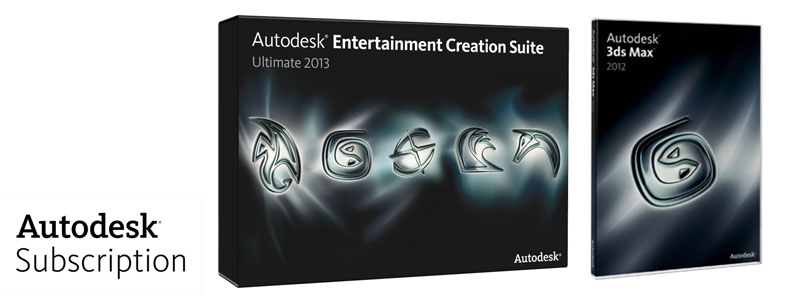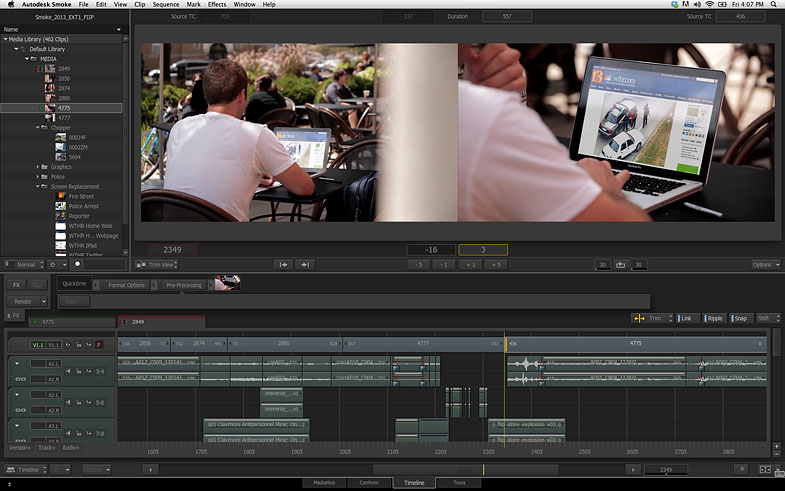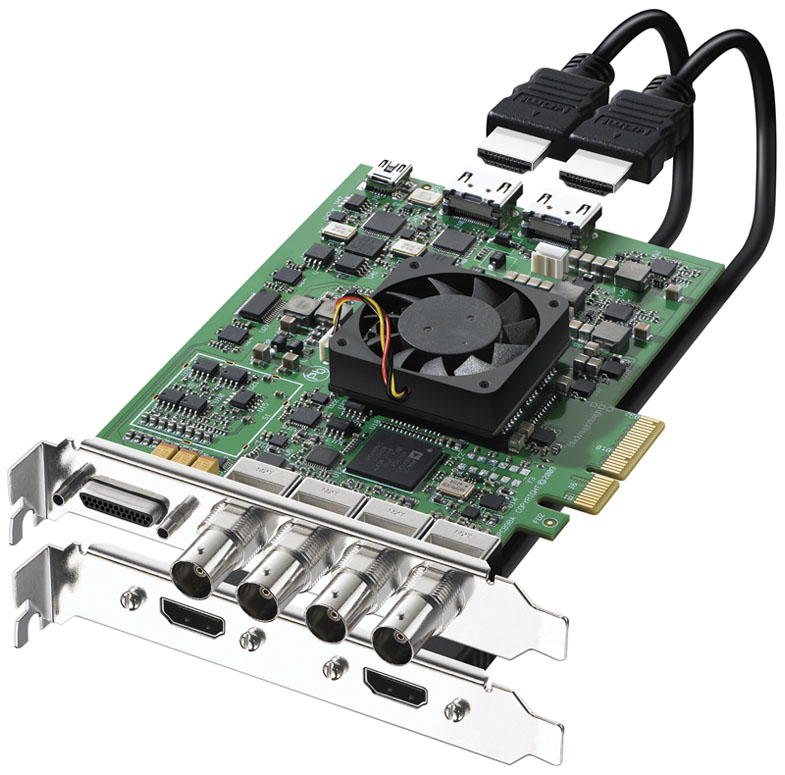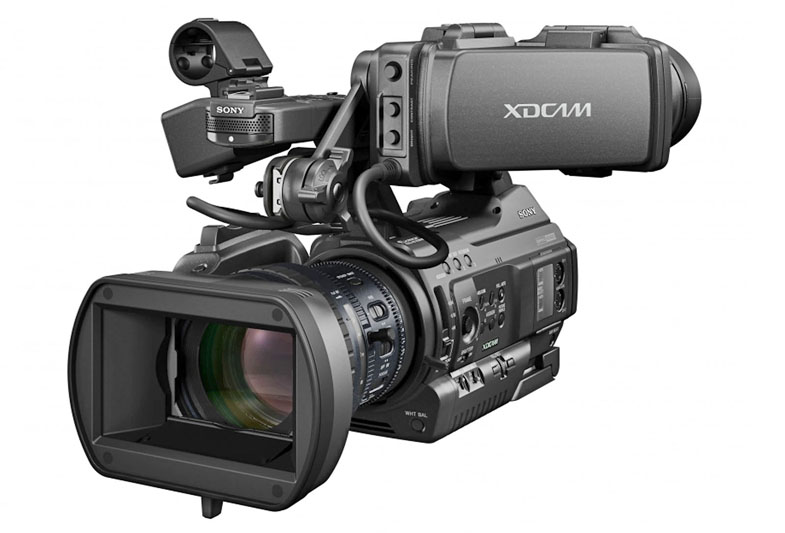
- Search
-
Login
-
0
ComparisonAdd products to compare, then they will appear here and you can compare parameters.
-
0
0 €Nothing in the basket.
News
Autodesk released two new Service Packs for Autodesk Maya 2014 and Mudbx 2014, respectively. Both feature several important fixes. Autodesk Maya 2014 Service Pack 1 can be downloaded here. Autodesk Mudbox 2014 Service Pack 1 is available here.
For a limited time, the Smoke 2013 30-day trial will include the new features in Extension 1 including support for Blackmagic Design hardware and improved Trim tools. To take advantage of these new features after you have completed the 30-day trial, you must buy Smoke 2013 with Autodesk Subscription. For more information on the features of Smoke 2013 Extension 1, see our product page.
Blackmagic Design released Desktop Video 9.7.5 software update which adds full support for Adobe Creative Cloud software across its desktop video products.
The Desktop Video 9.7.5 software update allows users to take advantage of many new features in the Adobe Creative Cloud desktop applications, such as powerful new editing timelines and shortcuts and audio mixing with Adobe Premiere Pro CC and new creative and visual effects tools with Adobe After Effects CC. Also included is support for Adobe Mercury Transmit that allows broadcast video monitoring to connect directly into the Adobe Mercury Playback engine which gives an incredible amount of real time effects with any video format or codec.
This update means Blackmagic Design’s DeckLink, UltraStudio and Intensity range will work seamlessly with the new features in Adobe Creative Cloud applications for amazing new workflows in editing, compositing and visual effects. DeckLink, UltraStudio and Intensity include the world’s highest performance capture and playback cards for Mac, Windows and Linux. Including both PCIe and Thunderbolt based technology, these products come in both internal and external models and are used by professionals globally in every aspect of film and video production.
Customers using Adobe After Affects CC will be able to work in the highest quality compressed and uncompressed video formats up to Ultra HD and 4K, for amazing compositing and graphics production workflows. When working with Ultra HD and 4K video formats, customers can choose between the rack mount UltraStudio 4K and the DeckLink 4K Extreme PCIe card. Both products have 6G-SDI and HDMI 4K video connections to capture and playback Ultra HD and 4K video formats as well as dual stream stereoscopic 3D. Blackmagic Design recently announced a new lower price for UltraStudio 4K to 755 EUR ex. VAT.
“It’s very exciting to see Blackmagic Design’s desktop video products working together with Adobe’s Creative Cloud software and the incredible creative possibilities this opens up with the new editing and effects features. Our customers will be able to work with the cutting edge tools in fantastic new workflows,” said Grant Petty, CEO, Blackmagic Design.
Availability and Price
Desktop Video 9.7.5 software update with support for Adobe Creative Cloud software is available now as a free download for all DeckLink, UltraStudio and Intensity customers from the Blackmagic Design web support page www.blackmagicdesign.com/support
UltraStudio 4K and DeckLink 4K Extreme are available now for US$995 from Blackmagic Design resellers worldwide.
Press Photography
Product photos of Blackmagic Design products are available at www.blackmagicdesign.com/press/images.
About Blackmagic Design
Blackmagic Design creates the world’s highest quality video editing products, digital film cameras, color correctors, video converters, video monitoring, routers, live production switchers, disk recorders, waveform monitors and film restoration software for the feature film, post production and television broadcast industries. Blackmagic Design’s DeckLink capture cards launched a revolution in quality and affordability, while the company’s DaVinci Emmy™ award winning color correction products have dominated the television and film industry since 1984. Blackmagic Design continues ground breaking innovations including stereoscopic 3D and 4K workflows. Founded by world leading post production editors and engineers, Blackmagic Design has offices in the USA, UK, Japan, Singapore, and Australia. For more information, please check www.blackmagicdesign.com.
Sony announced its new PMW-300 XDCAM camcorder, equipped with the 1/2-type Exmor Full-HD 3CMOS sensors capable of delivering incredible images even in low-light conditions. The PMW-300 is ideal for broadcast producers and corporate event camera operators who require a flexible semi-shoulder camcorder that can easily be adapted to suit a wide range of production environments.
A new V-Ray for 3ds Max service pack is now available for immediate download at the Chaos Group Downloads page. This is a free update for all V-Ray 2.0 customers. Important highlights include:
– Support for 3ds Max 2014
– Support for MultiScatter instancing in V-Ray RT: The new service pack further improves the integration between V-Ray and MultiScatter allowing the user to effectively render millions of polygons of instanced geometry with V-Ray RT.
– Changed default settings of VFB's sRGB button, "Don't affect colors" option and "Gamma" value: V-Ray’s default settings have been modified to allow the use of Linear Workflow from the very beginning.
See the full list of optimizations and fixes in V-Ray 2.40.04 for 3ds Max.

